Slam Dunk Spot in Kamakura: Kamakurakokomae Station

Along the Enoden line in Kamakura, you'll find Kamakurakōkōmae Station, which appeared in the popular anime Slam Dunk. Learn how to get there and the story of this famous location.
Slam Dunk Location on Kamakura's Enoden Line

Photo by Pixta
Kamakura Station and Fujisawa Station in Kanagawa Prefecture are connected by the local train known as the Enoden.
More than just a transportation link to Kamakura, the Enoden offers a scenic ride along the coastline and is an excellent way to reach Enoshima.
Along the Enoden Line, there is a station that anime fans will immediately recognize: Kamakurakokomae Station, which was featured in the opening of the Slam Dunk anime series.
Guide to Kamakurakokomae Station
1. Kamakurakokomae Station: Map and How to Get There
2. The Story: Featured in Slam Dunk
3. Location of the Photo Spot
4. One of the Top 100 Stations in Eastern Japan
Kamakurakokomae Station: Map and How to Get There
Kamakurakokomae Station is located midway between Kamakura Station and Fujisawa Station on the Enoden Line. Its location by the oceanshore makes it a very photogenic and memorable spot.
To get there, take the Enoden Line from Kamakura Station. The ride takes about 18 minutes and costs 260 yen. Alternatively, you can catch the train from Fujisawa Station, which takes approximately 16 minutes and also costs 260 yen.
Fujisawa Station can be reached via the JR Tokaido Line from Ueno or Tokyo Station, or from Shinjuku on the Odakyu Line.
The Story: Featured in Slam Dunk

This stop along the Enoden was first recognized by a visitor from Taiwan and has quickly become a unique yet popular sightseeing spot.
The railway crossing at Kamakurakōkōmae Station served as the model for a scene in the opening of the beloved Japanese anime Slam Dunk. On weekends and holidays, you'll find countless visitors stopping here to take photos.
"Slam Dunk" was first published in the 1990s as a manga series for boys. It tells the story of a high school boys' basketball team, with the main character being a delinquent named Hanamichi Sakuragi.
Sakuragi’s newfound love for basketball takes center stage, and the series’ diverse and memorable characters contributed to its popularity. The manga was later adapted into an anime, which aired not only in Japan but also in Taiwan, other parts of Asia, and even in Europe, making it an internationally renowned series.
The anime was broadcast on TV in Japan during the 1990s. In 2022, the movie "THE FIRST SLAM DUNK" was released in theaters in Japan, reigniting interest in the beloved story.
Nearly 30 years since the first broadcast of the anime series, this specific stop near Kamakurakokomae Station remains a favorite spot for photographers, drawing visitors eager to capture its nostalgic charm.
Location of the Photo Spot

It’s a 1-2 minute walk from Kamakurakōkōmae Station to the photo spot. After passing through the ticket gates, walk straight down the road directly in front of you.
On weekends and holidays, you'll often find many people gathered here with cameras, making it an easy spot to recognize.

On the day we visited, there were plenty of people stopping to take pictures!

Just ahead, you'll see the scene from the anime—the same sea, railway tracks, and crossing. Fans of Slam Dunk will surely feel a surge of excitement upon seeing this view firsthand.
This spot is also popular among train enthusiasts hoping to capture a shot of the Enoden as it runs along its scenic coastal route, which is stunning in its own right. From the hill next to the tracks and crossing, you can enjoy a sweeping view of the entire scene. This hill is also an ideal spot for taking photos.
At the crossing, it goes without saying that there are some people there to take pictures of the Enoden train itself too.
Though it has become a popular photography spot, the hill you are standing on is still an active road so please keep an eye out for cars and other vehicles trying to make their way through.
One of the Top 100 Stations in Eastern Japan

Aside from Slam Dunk, Kamakurakōkōmae has appeared in other anime series and was featured in a music video by the Japanese duo Yuzu.
In 1997, the Japanese Ministry of Transport (now the Ministry of Land, Infrastructure, Transport and Tourism), responded to public appeals and selected Kamakurakōkōmae as one of the top 100 representative stations in eastern Japan.
Other than this famous anime spot, the charms of the station building, the beauty of the sea, the cool sight of the Enoden as it travels by, the brilliance of the sunset... There are so many things to see and take photos of in this one place, you just might wear yourself out from the beauty of it all.
When on your way to Kamakura or Enoshima, why not take a few minutes out of your schedule to see this famous photography spot?
Hotels near Kamakura High School Mae Station
Read also
FAQ
Where is the famous place in Slam Dunk?
The famous place in the anime and manga series "Slam Dunk" is Kamakurakokomae Station, located near Kamakura in Kanagawa Prefecture. This notable location serves as a vital spot featured in each episode's opening sequence, adding to the storyline's charm and emphasizing its importance in the characters' basketball journey and overall development throughout "Slam Dunk." The inclusion of Kamakurakokomae Station in the anime's opening serves to capture the essence of the characters' experiences and the picturesque setting of Kamakura, enhancing the series' ambiance and nostalgia.
What to do in Kamakurakōkōmae?
Kamakurakokomae Station near Kamakura, Kanagawa Prefecture, Japan, serves as a gateway to exploring the historic town and its attractions. Activities include visiting iconic temples like Kotokuin and Hasedera, relaxing at Yuigahama Beach, hiking Komachi-dori Street, sampling local cuisine, and exploring lush hills. A short train ride to Enoshima Island offers scenic views while tea ceremonies and strolls through historic streets add to the cultural experience. Zeniarai Benten Shrine's unique ritual enhances the visit, providing a rich exploration of Kamakura's heritage and charm.
What is Kamakura famous for?
Kamakura, Japan, is renowned for its historical significance as the former political center during the Kamakura period, characterized by samurai influence and the first shogunate. The city boasts iconic Buddhist temples like Kotokuin with its Great Buddha statue, alongside Shinto shrines such as Tsurugaoka Hachimangu. Kamakura's coastal location adds to its charm with popular beaches like Yuigahama, while its green hills offer hiking opportunities. Local cuisine featuring seafood like shirasu don adds to the city's appeal, making it a cultural and natural haven for visitors.
How do I get to Kamakurakōkōmae station?
To reach Kamakurakōkōmae Station in Kamakura, Japan, begin by taking the JR Yokosuka Line from Tokyo Station or Shinagawa Station to Kamakura Station. Upon arrival at Kamakura Station, transfer to the Enoshima Electric Railway (Enoden) Line. Board a train heading towards Fujisawa on the Enoden Line, and disembark at Kamakurakōkōmae Station. This station is conveniently located near popular attractions like Tsurugaoka Hachimangu Shrine and the Great Buddha, offering visitors easy access to key landmarks in Kamakura. Be sure to confirm train schedules and any transit details to ensure a smooth journey.
Why is Slam Dunk so popular in Japan?
Slam Dunk attains its widespread popularity through a combination of factors. Its success stems from its authentic portrayal of basketball, meticulously capturing the sport's intensity and teamwork. The series boasts strong character development, notably seen in protagonist Hanamichi Sakuragi's growth from a delinquent to a devoted basketball player, resonating with audiences. Combining sports drama with emotional storytelling, "Slam Dunk" explores themes of friendship, rivalry, perseverance, and personal evolution, creating a captivating and emotionally rich narrative. Furthermore, the series' impact on Japanese popular culture during its 1990s serialization, coupled with its timeless appeal and enduring influence, solidifies its status as a beloved classic in the worlds of sports manga and anime.
Can you swim at Kamakura Beach?
Kamakura has several beaches where swimming is permitted, with Yuigahama Beach being one of the most popular options for swimming. Swimmers can enjoy the waters at Yuigahama Beach during the summer months, typically from July to August, when the weather is warmer. However, it's important to be cautious and observe any posted signs or advice regarding swimming conditions, as safety measures can vary based on factors like tides and weather.




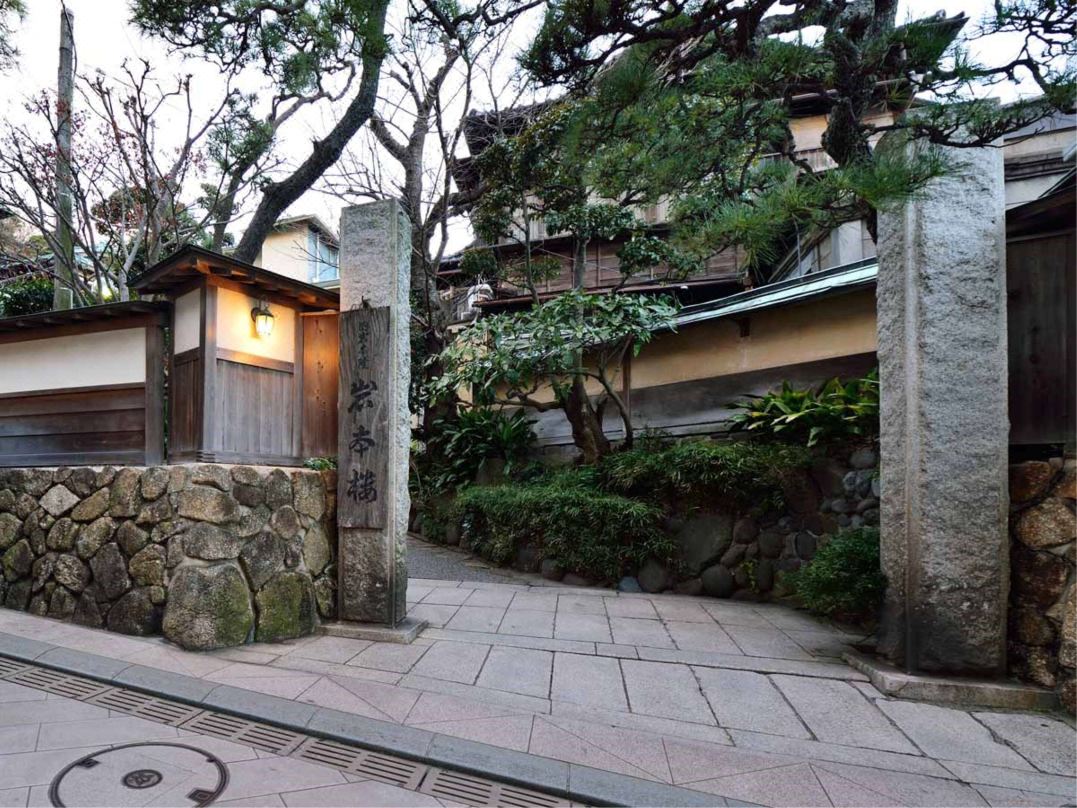


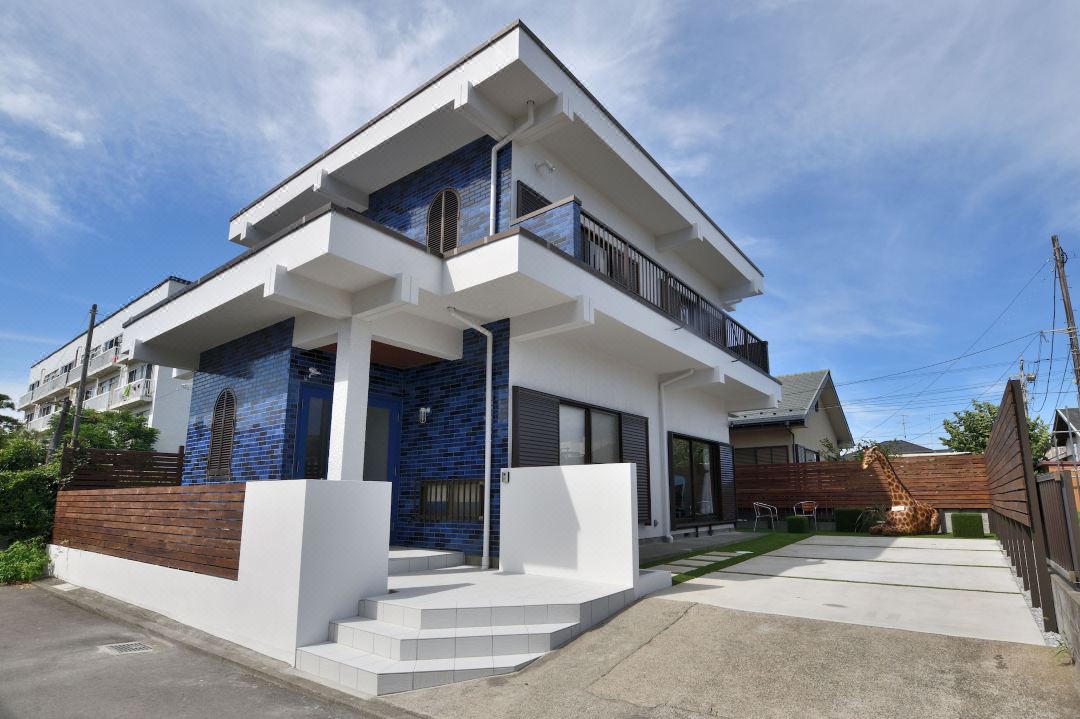






























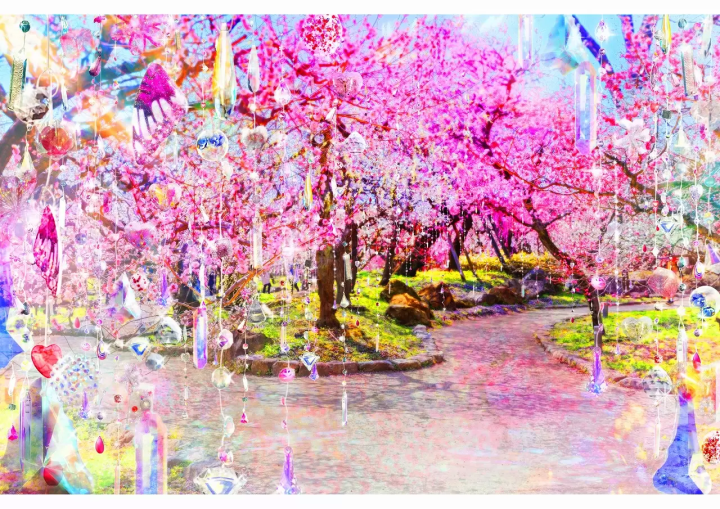
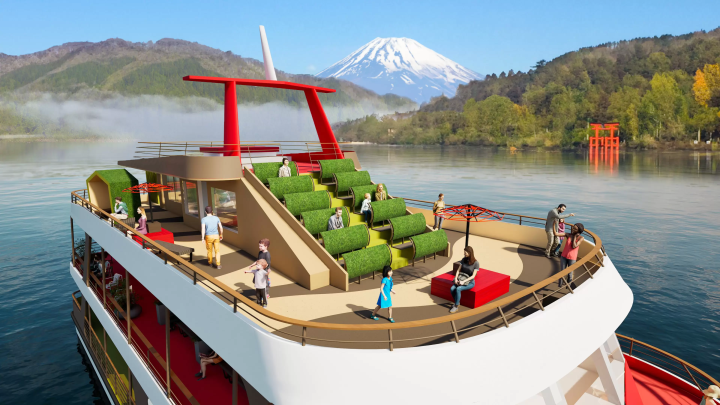

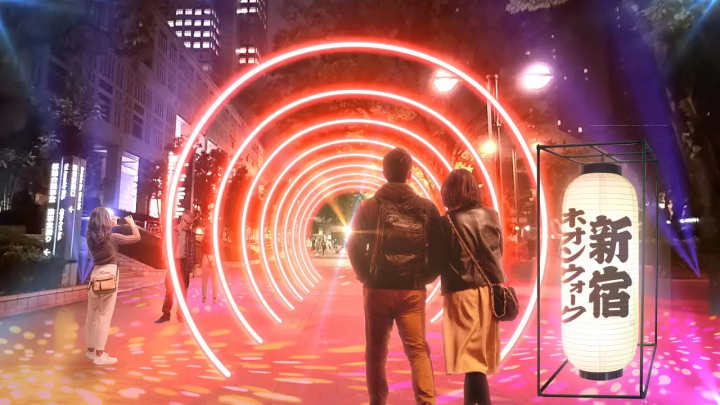





![[Gunma] 5 recommended gourmet foods at Kawaba Denen Plaza Roadside Station!](https://resources.matcha-jp.com/resize/720x2000/2025/02/26-225970.webp)
![[Kanazawa] Enjoy the world of gold leaf to the fullest in the city with the highest production volume in Japan](https://resources.matcha-jp.com/resize/720x2000/2025/11/12-249564.webp)
![[2026] Family Winter Trip to Suzuka Circuit! – For Both Day trips and Overnight Stays!](https://resources.matcha-jp.com/resize/720x2000/2025/12/26-254097.webp)
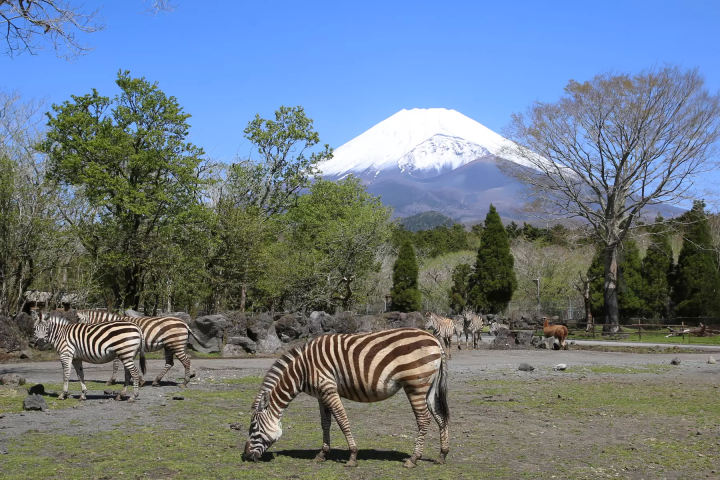
![[2026] Top 5 Strawberry Picking Spots in Tokushima, Naruto| Farms and Access Guide for January to May](https://resources.matcha-jp.com/resize/720x2000/2025/03/06-227165.webp)